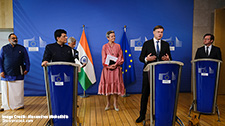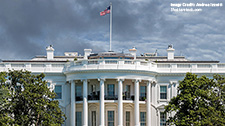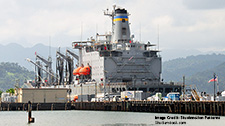Western Policy

The population giants and emerging regional hegemons China and India are located in Eurasia, as are a large proportion of the world’s most economically dynamic and politically confident nations. If such a remarkable set of figures is in itself capable to generate much political and geopolitical friction, add to that the speed and intensity of recent socio-economic changes affecting all countries in the region, and there exists a plethora of multifarious and delicate issues that—if not dealt with in an intelligent, well-informed manner—can threaten global stability.
Covering a vast geographical territory—stretching from Turkey and the Caucasus, through Central Asia, all the way to China—this research program focuses on major issues affecting the foreign policy of countries in the region, including economic and social development, traditional and non-traditional regional security, as well as governance and democracy. It also analyzes the military, political, and economic relations between the states of the region and important geopolitical actors such as the United States, the European Union, and a number of nation-states in the Middle East and South Asia. ISDP’s research on foreign policies in Eurasia intends to provide critical analysis, detailed evaluation and pragmatic recommendations to state, non-profit, and private sector actors.
Related News
Related Publications
-
Taiwan’s 2024 Elections: Perspectives from the Region and Beyond
The Institute for Security & Development Policy invited a group of international experts to explore the implications of the elections for the region and beyond. The publication covers a group […]
-
Trade, Connectivity and Supply Chains in EU-India Relations
In the decade and a half since 2007 when the EU and India first started their FTA negotiations, the world economic order has undergone a sea change. During that period, […]
-
Issues and Trends in U.S. Presidential Election 2024
The U.S. presidential election, like national elections in most democracies, is mostly fought and won on domestic issues that have a direct bearing on the day-to-day lives of the American […]
-
Needed, a Framework to Protect Undersea Cables
In the data-driven world we live in, submarine cables are the arteries that connect nation-states and their people in literally every human activity, including trade, commerce, entertainment, and social interactions. […]
-
India-Japan-Philippines: A Strategic Maritime Trilateral or More?
Regional states like India, Japan, and the Philippines have been seeking cooperative solutions with other middle powers that can both counter the Chinese influence and fulfill other economic as well […]




